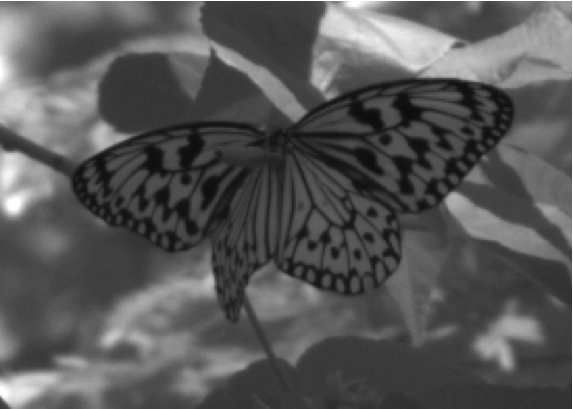 Studying biological-flight mechanisms has many potential applications to the aerodynamic design, propulsion, manufacturing and control of micro air vehicles (MAV) and nano air vehicles (NAV). By understanding the fundamentals of fluid-structure interactions in natural fliers we can replicate their flight agility in artificial mechanisms using bio-inspiration.
Studying biological-flight mechanisms has many potential applications to the aerodynamic design, propulsion, manufacturing and control of micro air vehicles (MAV) and nano air vehicles (NAV). By understanding the fundamentals of fluid-structure interactions in natural fliers we can replicate their flight agility in artificial mechanisms using bio-inspiration.
To examine the effects of different kinematic parameters on the longitudinal stability of flight in butterflies, a numerical model has been developed to simulate a flapping Tree Nymph butterfly. Independent kinematic parameters are used as inputs to describe the motion of the butterfly's wings and abdomen. The model then solves for the position and pitch time history over the duration of a flight and outputs all relevant forces and moments. A genetic algorithm is used to find kinematic parameter solutions that achieve the desired flight characteristics. Of significant interest is the kinematics of the abdomen, and the role that it plays in the stabilization of the butterfly in hovering.
To further study butterfly flight, experimental data from recordings of live butterfly flights has been processed and analyzed to examine the motion of the butterfly's wings and abdomen, and how it related to the insect's flight mechanics. A large database of recorded butterfly flights has been gathered, both in free flight conditions, as well as in an open-jet wind tunnel, simulating cross-wind conditions. Two cameras were used in a stereoscopic vision configuration to record the insects' flights, allowing for estimation of the 3D position of points on the butterfly in space using tracking software. Postprocessing was used to estimate the position time derivatives in a fixed inertial frame as well as a moving body frame. Experimental data of butterflies hovering in free flight has been used as validation of hovering simulations of the numerical model. Experimental flights of the butterflies in the wind tunnel have been analyzed to study how the butterflies respond to sudden disturbances, and the flight kinematics that are utilized to maintain their heading in the presence of a cross-wind.